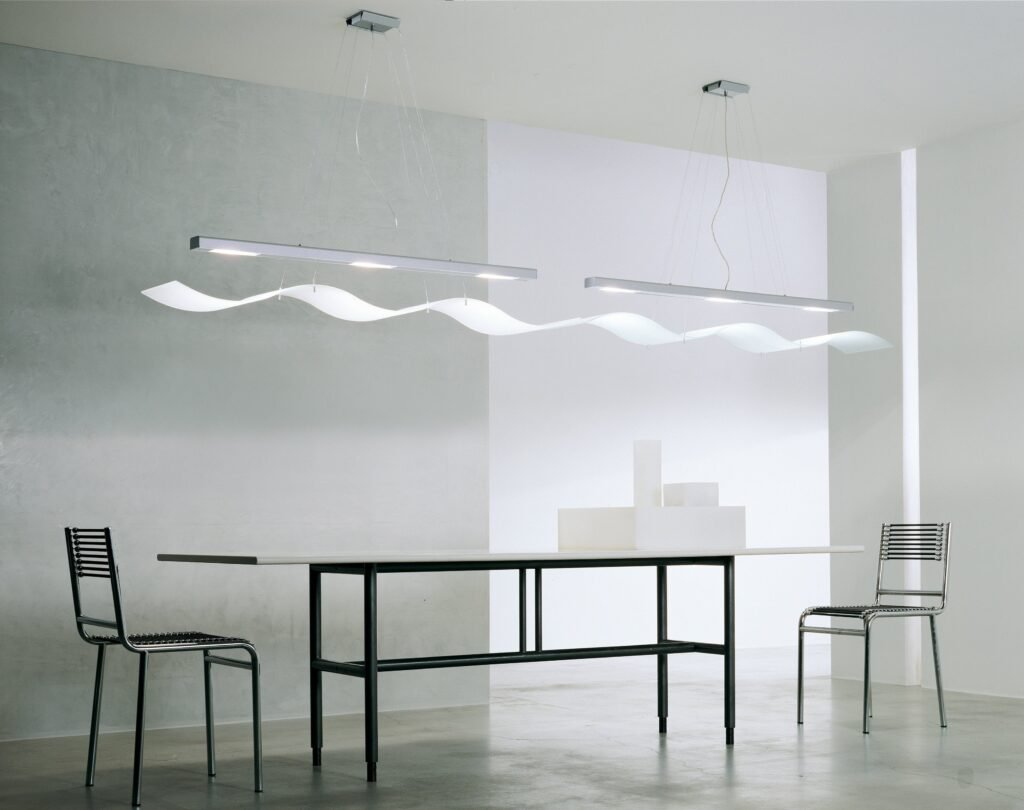Negative Space in Home Staging & Interior Design:
Empty or unclutteredMinimalism in Home Staging & Interior Design: An approach to design emphasizing simplicity, functionality, and decluttering. In staging, minimalism uses clean lines, neutral colors, and minimal furniture to create a spacious and serene atmosphere, attracting buyers who value uncluttered living. ... More areas within a composition, allowing elements to breathe and enhancing their visual impact. In staging, using negative space creates a sense of spaciousness and prevents rooms from feeling overwhelmed.

The Importance of Negative Space in Home Staging – Why it’s Something to Consider
Negative Space, the unoccupied areas in a room, is crucial in home staging as it helps to avoid clutter and creates a sense of balanceVisual Weight in Home Staging & Interior Design: The perceived heaviness or lightness of objects and elements within a space, influencing balance and visual interest. The Importance of Visual Weight in Home Staging - Why it's Something to Consider Visual Weight in home staging refers to the perc... More and calm. This space allows the eye to rest and makes the staged furnishings and decor stand out more effectively. In home staging, using negative space strategically can make a room feel larger, more open, and more inviting. It helps potential buyers to better visualize their own belongings in the space and appreciate the architectural details of the home.
When considering negative space in staging, it’s important not to overcrowd a room with too much furniture or decor. The goal is to create an appealing, breathable environment where the focus is on the quality and potential of the space rather than on the items filling it. Negative space can be a powerful tool in staging, helping to create a refined and sophisticated look"Aesthetic" in Home Staging & Interior Design: The overall feeling or vibe of a space, encompassing the chosen style, color palette, textures, and furniture, and evoking a specific mood or impression. The Importance of Aesthetic In Home Staging - Why It's Something to Consider Aesthetic, encompa... More that appeals to buyers.
Tips and Best Practices when Utilizing Negative Space in Home Staging
Negative Space, or the empty space around and between objects, is crucial for a balanced and appealing staging. Best practices include:
Avoid Overcrowding: Keep enough empty space to prevent a room from feeling cluttered and cramped.
Create Breathing Room: Allow for visual breathing room around furniture and decor to enhance the overall sense of order and balance"Balance" in Home Staging & Interior Design: A sense of visual equilibrium and harmony achieved through arrangement, scale, color distribution, or symmetry, creating a pleasing and comfortable composition. The Importance of Balance In Home Staging - Why It's Something to Consider Balance is a ke... More.
Emphasize Proportions: Use negative space to emphasize the proportions of a room and the relationship between different elements within it.
Strategic Placement: Be strategic about where you leave negative space. It can be used to draw attention to certain features or to create a sense of flow"Flow" in Home Staging & Interior Design: The ease and convenience of movement within a space, considering traffic patterns, furniture arrangement, and clear pathways. Good flow enhances livability and functionality. The Importance of Flow in Home Staging - Why It's Something to Consider Flow in... More.
Simplicity and Focus: Use negative space to create a focal point"Accent Pieces" in Home Staging & Interior Design: A striking or unique item that draws attention and becomes a focal point in a room, enhancing the overall design and setting the tone. The Importance of Accent Pieces In Home Staging - Why It's Something to Consider Accent Pieces, including stat... More and to keep the staging simple and focused.

